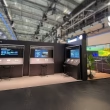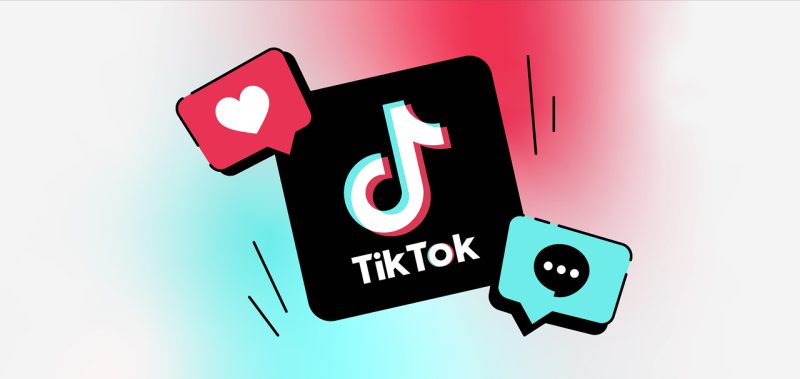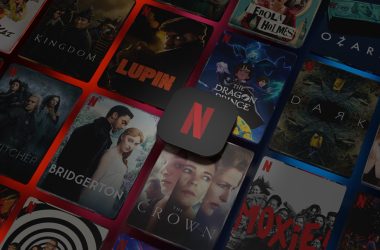Yes—TikTok is using AI across its business. It powers the feed you can’t stop scrolling, the tools brands use to make ads faster, the effects creators love, and the systems that label synthetic media and remove harmful content. TikTok says the new Symphony suite is “powered by generative AI,” and its safety reports state that automated systems now handle most removals. Those are not vague claims; they’re published by TikTok itself.
Let’s walk through the specifics, with evidence you can use in your next deck.
TikTok has long described how its recommender “selects from a large collection of eligible content and ranks them based on the system’s prediction of how likely you’ll be interested.” That’s their wording, not mine. It’s clean, and it’s very AI.
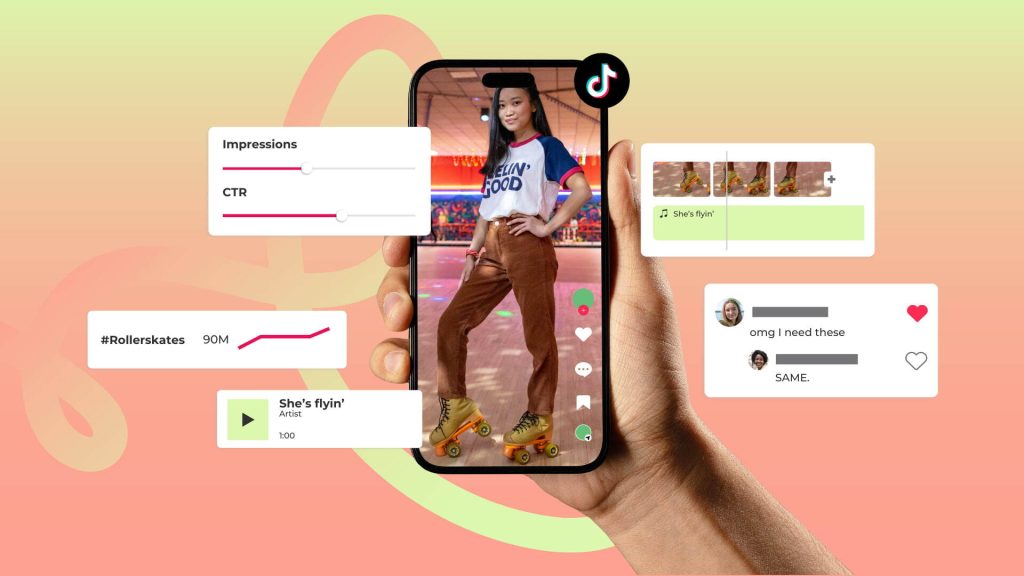
If you’re building AI software, that sentence is the blueprint: prediction, not rules. The model watches what you watch, linger on, share, rewatch, or skip. Then it guesses what you’ll love next. It also uses patterns from people “with similar interests,” which is how a niche video jumps the rails and finds its tribe. That’s how the scroll gets sticky—and why content without big followings can still surge.
AI for marketers: Symphony is the new power tool
In 2024, TikTok launched Symphony, a creative suite powered by generative AI. The company put it plainly at TikTok World: Symphony helps “scale content development, creativity, and productivity.” Beyond the headline, there are three features marketers keep asking about.
- Symphony Digital Avatars. TikTok describes them as generative AI avatars of real people. You can pick stock avatars licensed for commercial use, or commission custom avatars that represent a spokesperson or creator. The promise is reach at speed, across “a wide variety of gestures, expressions, nationalities, ages and languages.” That’s a direct signal that multilingual, localized spots are now a few clicks away.
- AI Dubbing. TikTok says the tool “automatically detects the original language in a video, transcribes, translates and produces a dubbed video” across more than ten languages and dialects. If you’ve wrestled with voiceover timelines, you can feel what this changes. A single creative can travel much farther, much faster.
- Symphony Assistant. This is an AI copilot that lives in the Creative Center. TikTok calls it an “AI-powered virtual assistant” that helps brainstorm ideas, analyze top ads, summarize creative patterns, and even write scripts. There’s a nice touch for creative ops too: it’s available inside Adobe Express via an add-on, so your editors don’t have to juggle tabs.
Marketers got more in 2025, including Symphony Creative Studio—a text-to-video generation platform aimed squarely at advertisers. Reuters reported global availability, and TikTok’s own business blog frames it as turning URLs and product details into ready-to-edit videos. The net effect: less time from brief to first cut.
AI for creators: effects, editors, and a small but meaningful accessibility change
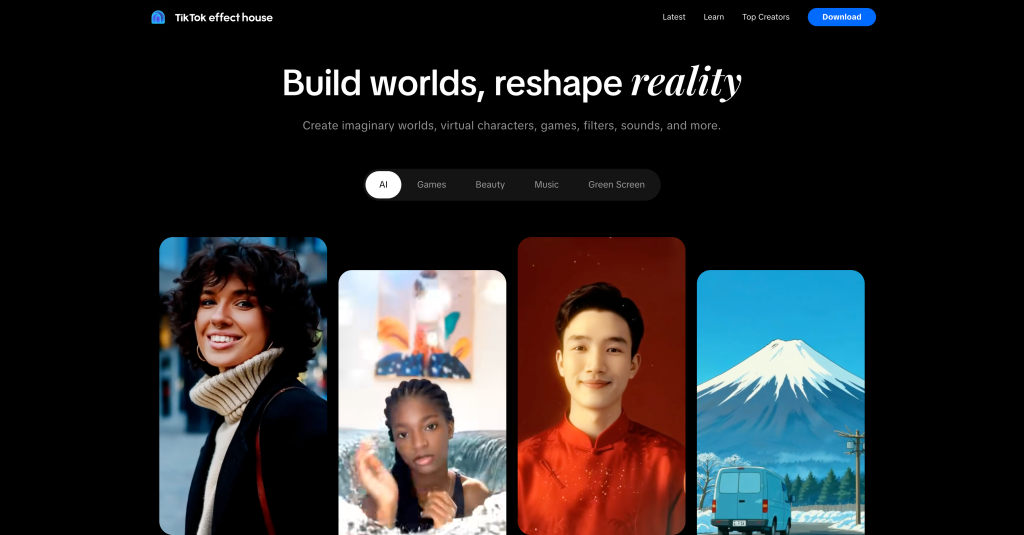
Creators aren’t left out. TikTok’s Effect House documents multiple AI features, including AI Greenscreen and AI Art for asset creation, plus an AI Editor that lets you “train and customize your own AI model to enhance your effects.” Even the phrasing—train and customize—signals more than a filter; it’s a mini creative lab.
And yes, the simple “type a prompt, get a background” trend started on TikTok years ago. The platform introduced AI Greenscreen in 2022, and it spread that text-to-image idea to a mainstream audience. If you felt like every other video had a surreal, pastel backdrop for a while, that’s why.
One more creator-friendly update that’s easy to miss but big for inclusion: TikTok began testing AI-generated alt text for photos, so screen reader users get descriptions even when creators forget to add them. The Verge reported that creators can still edit or replace the AI text, which is exactly how it should work.
Search is not just search anymore
TikTok has been experimenting with AI-generated “search highlights,” short summaries at the top of some search results. The Verge captured tests in May 2024, describing “a more robust search results page, including using generative AI.” That’s an important nudge: TikTok isn’t just a feed; it’s quietly becoming a place where people ask questions—and get synthesized answers.
The company also tested an in-app AI chatbot called Tako, designed to help with search and discovery. Reuters and TechCrunch both reported TikTok’s confirmation that tests were underway, starting with select users in the Philippines. Think of it as a concierge: watch a clip, ask Tako a follow-up, fall into a smarter rabbit hole.
For product teams building search or recommendation tools, this is a case study in layering AI on top of video UX without breaking flow.
Safety and trust: AI on the front lines
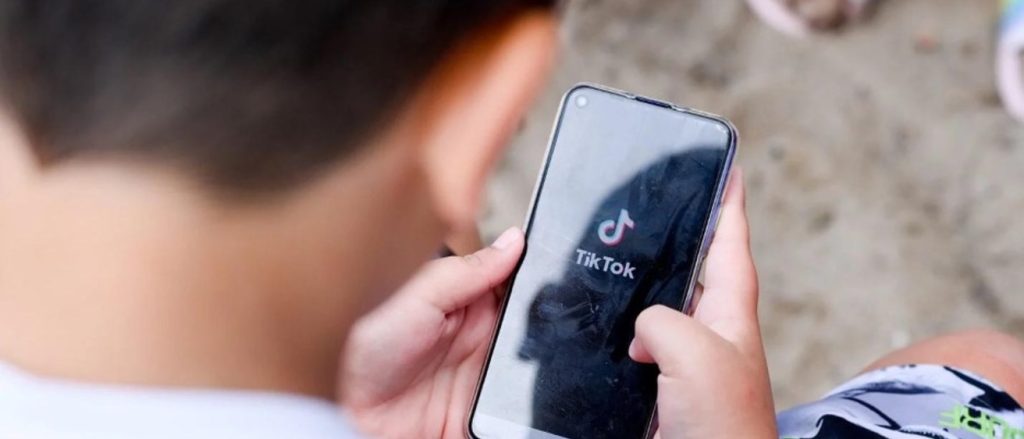
Let’s talk about the less glamorous side. TikTok’s published safety updates say automated systems now do most of the heavy lifting against rule-breaking content. In December 2024, the company wrote that it “use[s] automated moderation technology and moderation teams,” with “automation responsible for over 80% of removals,” and that it removed more than 147 million videos in a single quarter. That data point matters—it’s operational AI at massive scale.
Another line of defense is synthetic media labeling. In May 2024, TikTok said it would begin automatically labeling AI-generated content uploaded from certain other platforms by implementing C2PA’s Content Credentials. Multiple outlets noted TikTok was the first major video platform to do this, and that labels would persist when content is downloaded. This is the industry’s watermarking system moving from whitepaper to production.
There’s also the under-discussed area of age detection. Coverage this month described TikTok’s expanded use of AI to spot under-13 accounts and enforce teen safety measures. The company frames this as part of a multilayered approach that includes human review. However you feel about biometric signals in moderation, the policy trend is clear.
Is any of this perfect? No. TikTok itself has said that misinformation requires human judgment. And as you’ll read in a moment, relying more on automation has labor consequences too.
The business case: speed, reach, and the creative “multiplier”
Why are marketers adopting these tools? Because AI trims the boring bits. Symphony Assistant can summarize Top Ads, explain why a concept took off, and generate a first script. Digital Avatars and AI Dubbing make multi-market rollout less painful. That’s not hype; it’s how teams shave weeks from go-to-market.
Here’s a neat example. TikTok says AI Dubbing “detects the original language,” “transcribes,” “translates,” and “produces a dubbed video.” If you’ve ever wrestled with a voice track that didn’t quite match lip movement, you know how many emails that usually takes. Now it’s a menu.
Symphony Creative Studio goes a step further by turning product URLs or text prompts into TikTok-style videos. Reuters reported the global launch for advertisers, and TikTok’s own pages emphasize turning inputs into editable previews. That’s a production workflow baked into the ad platform.
For teams building AI tools, note the pattern: TikTok isn’t asking marketers to learn a new tool stack. It’s slipping AI into familiar surfaces—the Creative Center, Adobe Express, and Ads Manager—so creators and brand managers can work where they already work. That’s adoption strategy 101.
The messy bits: layoffs, limits, and the human factor
AI doesn’t just change software. It changes org charts. In 2025, Reuters reported restructuring and layoffs in TikTok’s trust and safety teams. And other outlets covered union concerns in the UK as the company leaned more on automation and offshored roles. Whatever your stance, this is the new tension: faster moderation at scale versus the lived knowledge of experienced reviewers.

Accuracy is another limit. Even TikTok’s own policy notes that some issues—misinformation, nuanced hate speech, satire—still require human calls. Automated labels and removals are necessary but not sufficient. If you run brand safety or policy, build for escalation, not just detection.
And as platforms add AI-generated summaries to search, there’s the familiar risk of confident wrong answers. Good design keeps these as hints, not final truth, and gives people a path to sources. TikTok’s experiments are early, but the lesson is old: summaries help; citations matter.
A note on creators: speed is great; taste still wins
You can make a dozen drafts with AI. But your sense of pacing, your ear for a line, your face on camera—that’s what people follow. Use AI to move faster, not to sound like everyone else. Keep the human bits in; they’re the only part no one else can fake.
And if you’re wondering whether accessibility is worth the extra minute, remember the AI-generated alt-text tests. Many viewers won’t notice. The ones who need it will remember. It’s good craft, and it’s good business.
The legal and platform context you shouldn’t ignore
One reason TikTok is leaning into provenance tech and safety automation is pressure—from lawmakers, regulators, and the public. The company has spent billions on trust and safety and says it will keep investing. Watch this space as the watermarking standards evolve. The players include Adobe’s Content Authenticity Initiative and the C2PA group that sets the spec many platforms now read. TikTok placing those “AI-generated” labels based on embedded metadata is a concrete step, not a press-only promise.
What’s coming next
ByteDance, TikTok’s parent, has its own large language models. Reports over the past year highlighted Doubao rolling out new capabilities in China, which hints at a deeper model bench behind the scenes. While TikTok hasn’t said it’s using those LLMs inside Symphony or search, it would be surprising if there weren’t tight links between research and product roadmaps. Keep an eye on cross-pollination.
I’d also expect more automation in moderation. Public filings and newsroom posts already emphasize that most removals are automated. Industry reporting points to a continued shift in staffing as the AI layer expands. That increases the need for thoughtful appeal flows, clear user notices, and precision on the hardest policy lines.
Finally, search will keep getting smarter. TikTok is testing summaries and chat; creators are increasingly packaging information as explainer videos; and users are comfortable asking the app what to cook or which laptop to buy. If you’re a brand, think like a publisher. Write scripts that answer questions. Structure content so AI-generated highlights quote the line you want repeated.

